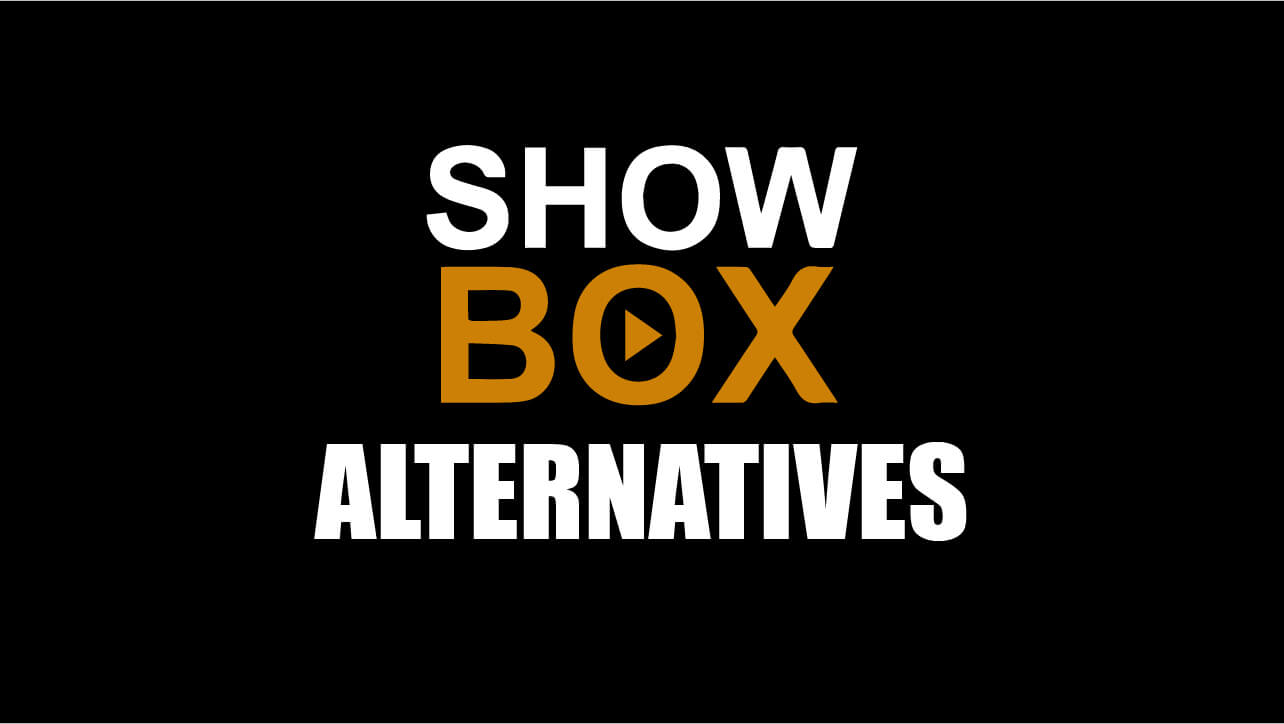Microsoft’s OneNote is a top pick among note-taking applications. In other words, the app is feature-rich, cross-platform, and cost-free. However, not everyone will find the app useful, even though it has many beneficial features.
The app, for instance, is overly complicated for newcomers and necessitates using a Microsoft account for cross-device note syncing.
The fact that OneNote necessitates so much memory and processing power on my various gadgets is my primary gripe. A note-taking tool, in theory, shouldn’t be that resource intensive on my gadgets.
If you’re looking for alternatives to OneNote for any of these reasons or your own, you’ve come to the right place. Below, we’ve listed the best free alternatives to OneNote.
Best OneNote Alternatives
Here, we’ll discuss some of the best OneNote alternatives to help you decide which is most useful.
1. ClickUp
ClickUp is an integrated platform for managing projects, enhancing collaboration, and centralizing work for teams in any industry. Manage your workload, keep tabs on project changes, and keep in touch with the team with the help of ClickUp. Its extensive feature set and adaptability to your preferred project management methodology.
ClickUp is a great alternative to OneNote due to its user-friendly interface and robust note-taking capabilities. Make aesthetically pleasing wikis, knowledge bases, road maps, and agendas with ClickUp Docs.
ClickUp’s Notepad is a place to keep track of ideas and to-do lists, which you can then format with powerful editing and turn into actionable, trackable tasks, and ClickUp’s Docs and Whiteboards enable teams to collaborate in real time.
2. Notion
It’s important to note that OneNote has some competition in the form of Notion. It works wonderfully as a personal or professional time and project management tool. Notion allows users to set up their own personalized workspace to plan and take more notes using the program’s integrated tools.
However, you should be aware that learning to use Notion might be challenging. Fortunately, Notion is compatible with many extensions that can streamline your note-taking. It also helps you produce professional-looking documents.
Each item on the list, email, in-app notification, etc., can be customized with its description, due date, and assigned person with the help of these extensions.
3. Roam Research
In its marketing, the powerful knowledge management application Roam Research positions itself as “a note-taking tool for networked cognition.” A node can be expanded into a clickable note, elevating the concept of mind mapping to a new level.
Each note has its in-text linkages and can establish partnerships with others through these ties. Roam Research’s user interface is remarkably similar to the human brain.
Users accustomed to OneNote may struggle with Roam Research’s format. Instead of being a linear collection of notes like OneNote, each page in Roam is a structured outline of text and media.
4. Evernote
If you’re looking for good alternatives to OneNote, look no further than Evernote, which is by far the most widely used app in its category. The app has every possible function for taking notes and is among the most comprehensive solutions.
You may rest assured that Evernote will still be around in the future, one of its many great features. Knowing that you won’t have to recreate the app in a few years frees up your time and energy to devote wholeheartedly to building it the way you see it.
In terms of the app’s functionality, my favorite is undoubtedly the capacity to create and manage many notebooks for our notes. If you take as many notes as I do, as I do, then you will appreciate the ability to make stacks of notebooks.
5. Notability
Notability is yet another fantastic OneNote alternative available today. The app is a mobile-friendly note-taking service that supports document sharing, project management, and collaboration via PDF drawing and annotation features.
Users can also attach images, web pages, and other media to their notes and draw using the app’s built-in drawing tools to personalize their notes. These notes can be structured in any way that best suits your purposes.
The software also enables users to merge their sketches and outlines and distribute them to their colleagues and friends.
6. Simplenote
Similar to OneNote but much simpler to use. If you’re looking for a good notebook app, go no further than Simplenote, which is available on both mobile and online platforms. It provides structure to the action planning process and aids in organizing notes.
Simplenote lives up to its name by being intuitive and requiring little training or experience to use effectively. You can keep tabs on your edits with the help of tags, a search bar, and even a note’s revision history.
You can make checklists and send links to notes with the app’s features. For simple jobs, the approach seems great. Simplenote is cross-platform and may be used on various devices and operating systems.
7. Google Keep
I enjoy the novel approach to note-taking that Google Keep provides. The best part about using Google Keep is that it presents all of your notes in a colorful card format that makes them appear attractive and allows you to quickly scan their contents without opening them.
To be able to color code my notes is a huge time-saver for me in terms of locating specific notes. The red notes in Google Keep are the ones I must read immediately, for instance.
Just like Microsoft’s OneNote is useful for those who use other Microsoft products. Google’s Keep benefits those who use other Google products and services. Google Keep, for instance, can be accessed from the new Gmail web app’s sidebar.
8. Confluence
This is a feature-rich and flexible solution for large organizations built on the Atlassian platform. Especially useful for remote teams, it’s a great way to keep everyone in the loop on projects and share information. Confluence aids project planning, and several people can provide feedback easily.
The notebook’s interface with Jira issues, Trello boards, Google services, and roadmaps are some of its most useful features, allowing for easier management and faster movement through any process in which you are engaged.
In addition, it has a powerful search feature and more than a hundred pre-made project outline templates to facilitate effective teamwork. If you’re having trouble grasping the concept, you can always look up a lesson on Google.
9. Zoho Notebook
Zoho Notebook, like OneNote, is a cross-platform, feature-rich app for taking notes. The fact that Zoho Notebook is still one of the most aesthetically pleasing note-taking apps is just one of the many reasons I like it so much. It’s like Zoho Notebook is the offspring of Evernote and Google Keep.
With this app, you can quickly and easily make Notebooks with covers that mimic those of real notebooks. There’s room to jot down thoughts, record audio, insert images, and more.
In addition, it has a feature called “web clipping” that lets you save online content like articles and links. I like the app because it has the same color code features as Google Keep.
10. Elephant
The app’s interface and structure are nearly identical to those of Evernote. Individual notes, notebooks, and notebook stacks can all be made, much like in Evernote.
While your notes are stored in the cloud, unlike Evernote, they are also saved locally on your smartphone. Third-party services like Dropbox, Github, and others can be used by those who wish their notes to be accessible from any device.
Although the sync feature is not as user-friendly as in OneNote, it is still available. OneNote users may be stopped from switching to Elephant because it does not offer native mobile apps.


